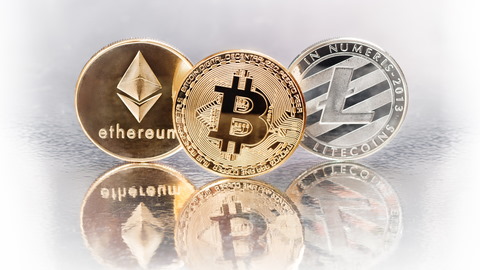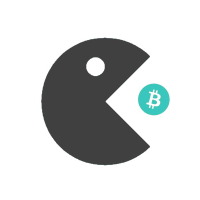Coins

There are thousands of coins and tokens in the Cryptosphere, ranging from pure cryptocurrencies like Bitcoin and Litecoin, to meme coins like Shiba Inu and DOGE, through to stablecoins which track real world assets such as the USD (Tether) to decentralised app platforms like Ethereum and Polkadot.
You can categorise coins and tokens into various groups:
Pure Cryptocurrencies
This market is dominated by Bitcoin of course, but also includes Litecoin, XRP, Bitcoin Cash, Stellar and Dogecoin. Most of these coins are developing towards platforms where other transactions can take place on them. Read our explanation of Litecoin for more info.
Stablecoins
Cryptocurrencies like Tether (USDT), USD Coin (USDC) are pegged to the dollar. PAX is backed by gold.
It is often easier and more efficient for traders to take refuge in USDC rather than dollars as transactions are carried out quickly on a blockchain.
Crypto Platforms
Ether and DOT are also cryptocurrencies, but they live on platforms (Ethereum, Polkadot) that power thousands of decentralised apps. They are ecosystems for enabling all sort of activities. Within this grouping, you can sub-group coins into tokens that all sit in the Ethereum chain for example (ERC-20 tokens) or that live on the Polkadot ecosystem or Binance chain. Head to our ‘Cardano Explained” for another top example.
DeFi
DeFi, or Decentralised Finance tokens include coins like Chainlink, Uniswap and Aave that power stuff like decentralised currency exchanges (Uniswap, SushiSwap, PancakeSwap) or enable crypto platforms like Ethereum to act on data from the real world (Chainlink).
NFT and Collectibles
NFTs, or Non Fungible Tokens, are a type of digital asset in which each individual coin is unique, or is from a limited edition set (as opposed to say Bitcoins). You could have digital sports cards, for example, or a rare minted crypto-coin or even digital artwork. You might create a set of limited edition digital photographs, for example.
